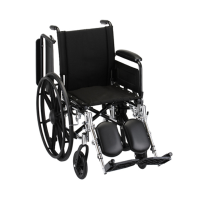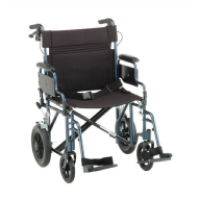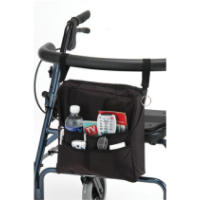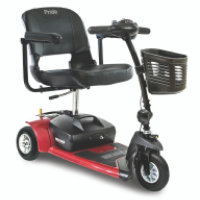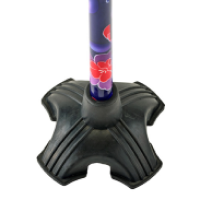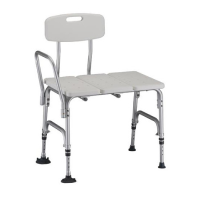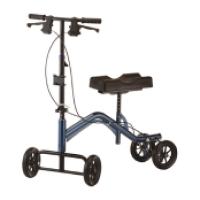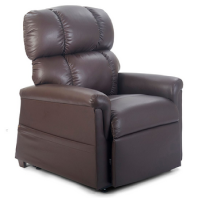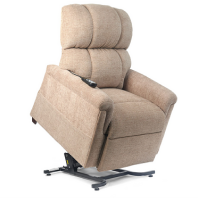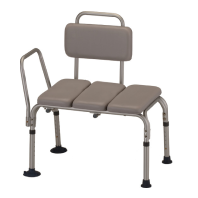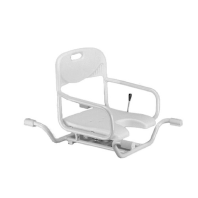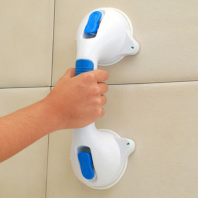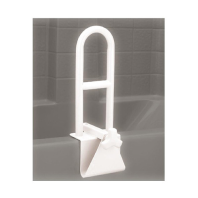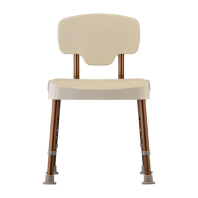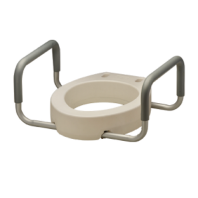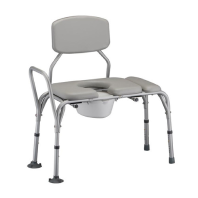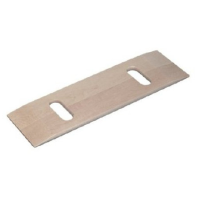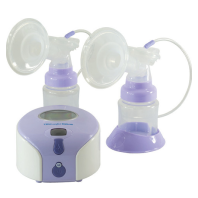Types of Mobility Walkers and How to Choose One
9th Mar 2021
Choosing the Right Walker
A walker is the next option when a cane is unable to adequately support someone who is very unstable due to mobility limitations from surgery, injury, or a disability. There are several options when it comes to choosing a walker, but first one has to consider the individual’s primary mobility needs along with his or her height and weight.
Different Types of Walkers
Did you know that there are 3 million people treated for fall-related injuries every year? The statistics are shocking and this is something that we should not just take lightly. Walkers are medical equipment that are available in the marketplace to help our loved ones be more mobile and comfortable in their everyday lives. With this, we should know which type of walker to get for them, and things to consider when buying one.
So what are the different kinds of walkers that you can choose from? We’ll run them down here for you:
- Standard Walkers The standard walker helps individuals with injuries and disabilities to get around if they have decreased strength in their legs, but have upper body and arm strength. Most are lightweight at 8 lbs, foldable, and adjustable in height. This walker has no wheels and four rubber-tipped legs.
- Folding Walkers This type of walker has pins and buttons that you can use to adjust the height so that the person who will use it will be able to grip the handles properly. These walkers offer ergonomic release paddles to allow for easy folding and storage which are good for someone with limited hand and finger strength. Adjustable walkers are made for both adults and children.
- Wheeled Walker A wheeled walker is similar to the standard and folding walkers, but it has two 3” or 5” fixed front wheels and rear glide caps that allow for gliding. These walkers are suitable for individuals with minimal lift strength and who are not able to manage a rolling walker or rollator with 4 wheels.
- Hemi Walkers These walkers are useful for individuals who have had a stroke or diminished mobility on one side of the body. Hemi walkers are better suited for a person who has little or no dexterity, strength, range of motion or coordination in one arm or hand. This walker is considered to be more stable than a quad cane; however, it requires the user to have more balance and stability, since it only supports one side.
- Rollators Rollators or rolling walkers traditionally are meant for individuals who have mobility limitations, but still have stability . Standard walkers typically have a brake system, four wheels, a seat for the user to rest on, and a storage bag or basket. With the built in hand brakes, the person using it should have enough hand strength and the ability to engage the brakes when necessary for safety. Also, the wheels on a rollator allow for ease of transportation over various terrains. So How Do You Choose a Walker?
Choosing the Grip
There are a few options out there when it comes to the material of the grip of the walker. The most common one is a plastic grip. This will depend on pre-existing conditions like joint problems or arthritis, in which case you might need to get a walker with a larger grip. For those with sweaty palms, foam grips are recommended, or the ones with soft grip covers. The most important thing is choosing one that is secure so that it does not slip while someone is using the walker.
The Right Fit
There are two things to consider when deciding on which walker you should choose and what the height of it should be. First and foremost, look into the elbow bend. Do this by placing the hand on the grips with your shoulders not tensed, and the elbow should be at a comfortable bend of about 20 to 30 degrees. Secondly, you have to take note of the wrist height. Try using the walker and just relax the arms. Then check the inside of your wrist, the top of the walker group should be in line with it.
Taking a Step
After checking the grip and the fit of the walker, try taking a few steps and see if it’s comfortable. If the person using it needs to put weight on the walker, they should push it forward and they shouldn’t hunch. Another thing to keep in mind is to not step too close to the front bar.
One more important reminder is to not lean over while using the walker and to just stay upright. Also, the user should always walk inside a folding walker, not behind it. A lot of things are to be considered when looking into buying walkers. Take note of these things and choose wisely. Want to buy a walker for your loved one? Just click
here for more information.

